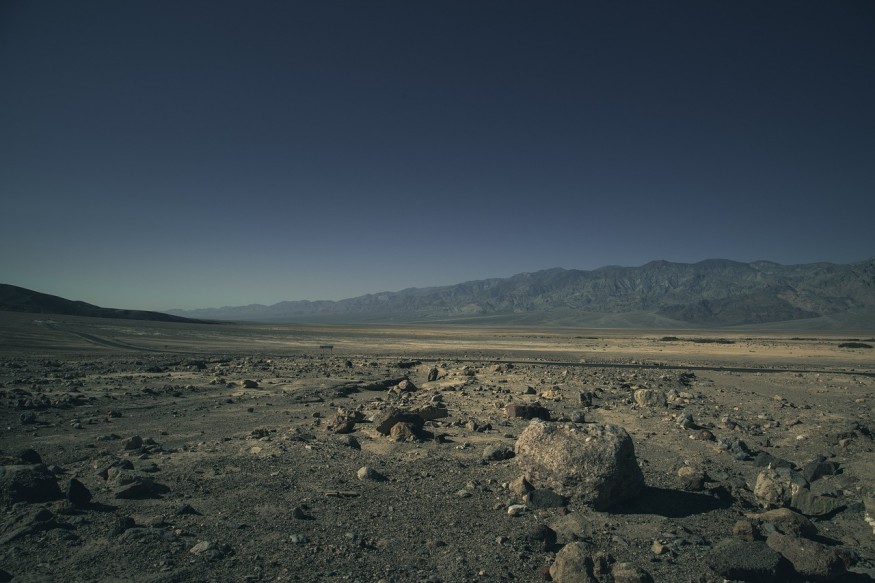Flash droughts are set to increase at significant rates in North America and Europe by the year 2100 due to carbon emissions amid climate change, according to a new study led by researchers in the United States and India.
The new research implies that the increased risk of drought conditions globally can destroy agricultural lands and critical wildlife habitats.
For decades, the once "invisible drought" has already been measured by meteorologists and climate scientists, with regard to its nature and causes.
However, there is still no universal consensus on how to accurately predict the onset or duration of a drought, which is known for causing mass wildlife deaths, primarily due to dehydration and intense heat.
What are Flash Droughts?

Flash drought is a phenomenon affected by changes in some weather elements like precipitation, temperature, wind, and radiation. Such changes can lead to an increase in evapotranspiration and lower soil moisture.
In general, flash droughts can cause widespread damage to agriculture, the economy, and ecosystems, according to the National Integrated Drought Information System (NIDIS).
In simplistic terms, flash droughts are the rapid intensification or elevation of drought, triggered by below-average precipitation and accompanied by abnormally high temperatures, air movement, and energy. Combining these weather factors can alter the local climate of a particular area or region, according to NIDIS.
NIDIS is under the National Oceanic and Atmospheric Administration (NOAA). Meanwhile, the U.S. government agency's National Weather Service describes drought as a "deficiency of moisture" that can have detrimental impact to animals, humans, or even vegetation.
This means that the phenomenon implies the absence of water.
Flash Droughts on the Rise
In the new study published in the journal Nature Communications Earth and Environment, researchers from the University of Oklahoma and other institutions issued global projections of increased flash drought risks amid a warming climate.
In particular, the research team estimated that flash drought risk over cropland is set to increase by up to 49% in North America and 53% in Europe by the year 2100 under a scenario of extreme greenhouse gas emissions.
The projections are based on global climate model simulations, which means that the figure or probability shown in the study's conclusions could still change in the coming years and decades.
Drought Impacts
Regardless of severity, droughts and flash droughts can affect a large area, especially if the event lasts for a prolonged period of time.
The impacts of drought also encompass a wide range of areas, ranging from the environment to wildlife, and agriculture, as mentioned earlier.
According to the National Drought Mitigation Center, the environmental impacts of drought could be losses or destruction of fish and wildlife habitat. In addition, the lack of food resources and drinking water supplies for wild animals is also an issue.
Due to this deprivation, an increased risk of disease is possible among wild animals.
© 2025 NatureWorldNews.com All rights reserved. Do not reproduce without permission.





